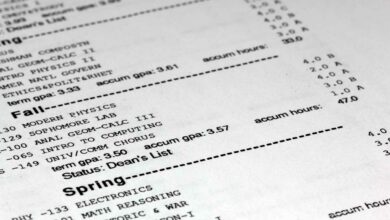What Are The Types Of Student Discipline In School?

There are approximately more than 13,000 school districts in the US. Their discipline policies are similar in many ways, but there are some differences too. Each state has its own state board of education, and it is the policy source about student discipline in the schools in the state.
There is a federal Department of Education that has its own rules, regulations, and advisories for student discipline in the schools of the nation. The Department of Education is concerned about the discipline in the schools of the nation. If you have been unlawfully disciplined in school, click here to learn about available options.
What are the types of student discipline in school?
A school has a vast range of disciplinary options that can be exercised depending on the severity of the misconduct. Some common disciplines are mentioned below.
- Expulsion
- Transfer
- Suspension
- Detention
Remember that different states and districts may not apply disciplinary actions in a uniform manner. It means misconduct that might lead a student to suspension can also lead the student to expulsion from another.
- Expulsion
It is a form of student discipline where the student is deprived of their right to attend classes for a specified period. The rules of expulsion depend on the district school. Some common grounds for expulsion are mentioned below.
- There should be a reasonable explanation for the expulsion.
- The student has the right to meet the principal, where they can present evidence on their own. After that, the principal will decide on the proper disciplinary action and will communicate their decision to the district superintendent.
- The student should get the opportunity to appeal the decision.
- Transfer
Sometimes, the situation can be justified by transferring the suspended or expelled student to another school. The student can be transferred to a different school, or the record of misconduct can be justified by sending the student off to an alternative education program.
- Suspension
It is a form of student discipline where the student has to stay out of school foursome the time being, which is usually a matter of days. The suspension can be “in-school” suspension, where the student can attend school but cannot attend their regular classes.
- Detention
It occurs when the student has to remain after school as a disciplinary measure. It is only a matter of hours, and the rules regarding detention can vary for district schools but have certain restrictions on the severity of the detention.











